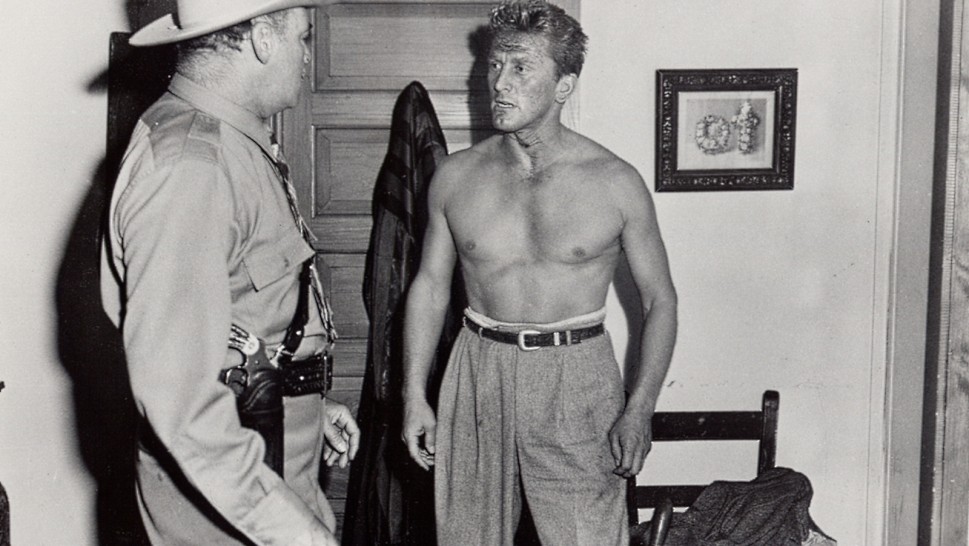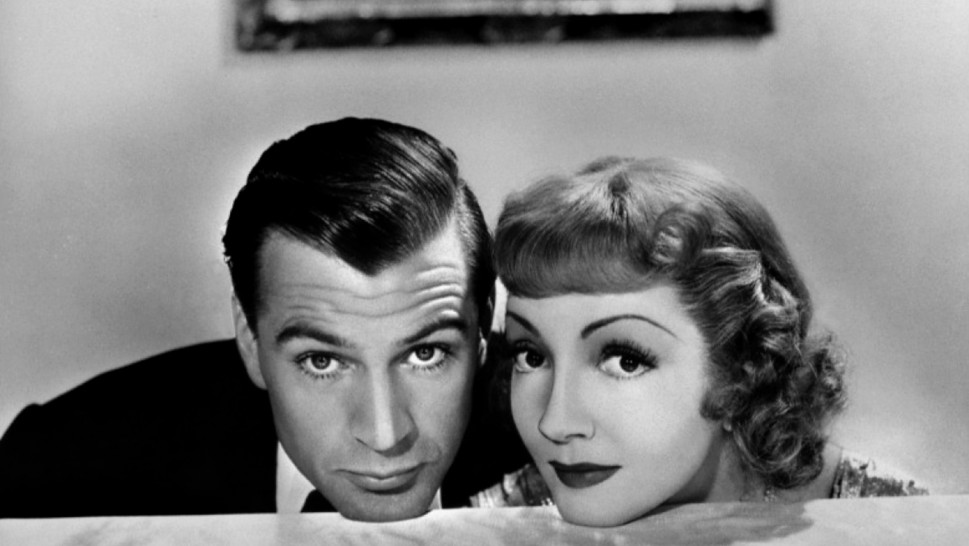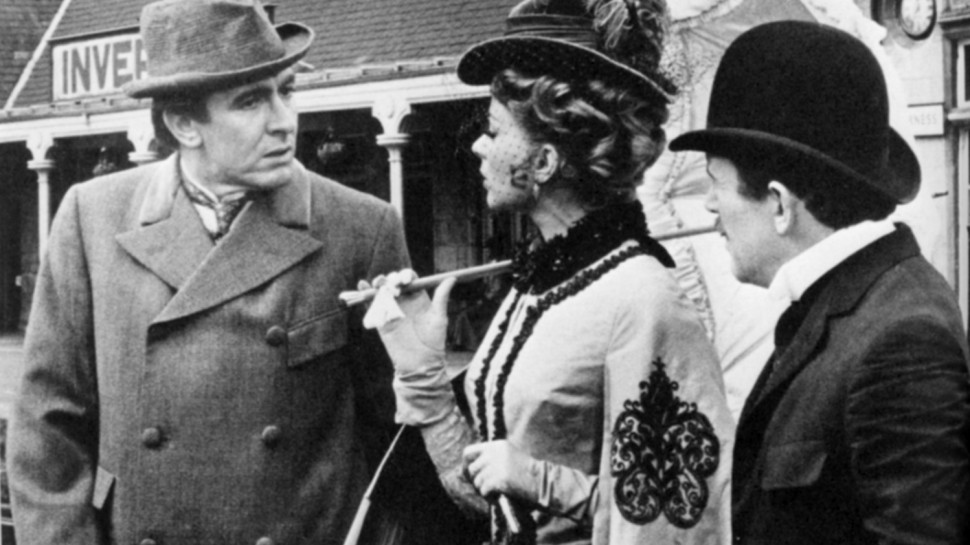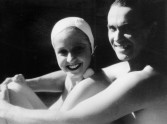


Major and Minor Notes: A Billy Wilder Centennial
2006 marks the centennial anniversary of the birth of one of the all-time great figures of the Hollywood studio system, Billy Wilder. In honor of this occasion, we have compiled an eclectic collection of Wilder’s work as both a screenwriter and director including his early collaborations with Ernst Lubitsch and Mitchell Leisen and a rare propaganda piece produced for the U.S. Government. Many of these works were praised by critics yet failed to connect with audiences. As a result, they have often been overlooked in the canonization of the filmmaker’s rich and varied body of work.
Wilder’s journey to Hollywood fame was a tortuous one which began with his work as a scriptwriter in Berlin, most notably in collaboration with Curt and Robert Siodmak, Edgar Ulmer, and Fred Zinnmemann on People on Sunday. With the rise of Hitler, the Austrian-born filmmaker fled Germany, working briefly in Paris—where he collaborated with Alexander Esway on Mauvaise graine—before eventually moving to Hollywood. Wilder spoke no English when he arrived, but thanks to the aid of friends such as Peter Lorre he began a long and successful writing partnership with Charles Brackett in 1938 which lasted for thirteen films, including Wilder’s Hollywood directorial debut The Major and The Minor. The postwar period is generally regarded as Wilder’s golden era, when he produced such classics as Sunset Boulevard, Some Like It Hot, and The Apartment. But it also marked a time when he asserted his independence from the studios with his first self-produced film, Ace in the Hole, and forged a new partnership with screenwriter I.A.L. Diamond. That collaboration continued through the 1960s and 1970s and resulted in some of Wilder’s more offbeat works, such as the world-weary Avanti! and the revisionist The Private Life of Sherlock Holmes. Wilder was praised throughout his career for his dark comic sensibilities. These films reveal a more varied and nuanced portrait of an incredibly prolific artist.















